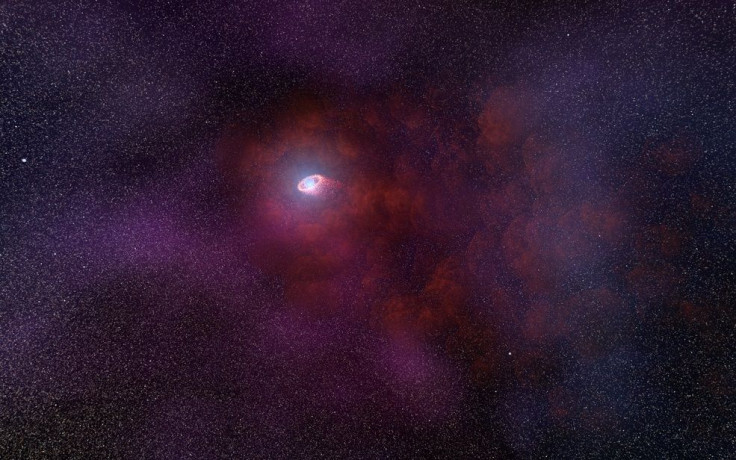Astronomers Spot Never-Before-Seen Features Of Neutron Star

A team of astronomers was able to detect new features of a neutron star using NASA and the European Space Agency’s (ESA) Hubble Space Telescope. Although the astronomers are not yet sure about the nature of the features, one theory suggests that they may have been formed following a supernova.
Through Hubble’s observations, astronomers from various international universities came across unusual infrared light emissions around a neutron star known as RX J0806.4-4123. According to the astronomers, this was the first time that this kind of emission was spotted near a neutron star.
The astronomers theorized that since neutron stars are the remnants of a star that collapsed on itself and died, the strange emissions could have been produced by the debris that accumulated following a supernova.
Since RX J0806.4-4123 is classified as a pulsar, which is a rotating neutron star, astronomers believe that the cosmic objects’ surrounding debris is interacting with its rotation.
“One theory is that there could be what is known as a ‘fallback disk’ of material that coalesced around the neutron star after the supernova,” lead astronomer Bettina Posselt said in a statement. “Such a disk would be composed of matter from the progenitor massive star.”
“Its subsequent interaction with the neutron star could have heated the pulsar and slowed its rotation,” she added. “If confirmed as a supernova fallback disk, this result could change our general understanding of neutron star evolution.”
Another theory suggests that the unusual emissions were caused by a pulsar wind nebula. According to Posselt, this phenomenon occurs when a neutron star produces pulsar winds, which are formed when the rotation of a star causes an electrical field to accelerate the movement of certain cosmic particles.
As the neutron star moves through the existing matter and radiation in space, its pulsar wind interacts with these cosmic materials, causing extended emissions of infrared light.
“The shocked particles would then emit synchrotron radiation, causing the extended infrared signal that we see,” Posselt explained. “Typically, pulsar wind nebulae are seen in X-rays and an infrared-only pulsar wind nebula would be very unusual and exciting.”
According to the astronomers, further investigations are needed in order to determine the exact nature of the emissions. They are hoping that Hubble’s successor, the James Webb Space Telescope, will be able to provide better information regarding the features of RX J0806.4-4123.
A study carried out by the astronomers regarding their findings was published in the Astrophysical Journal.
© Copyright IBTimes 2024. All rights reserved.





















